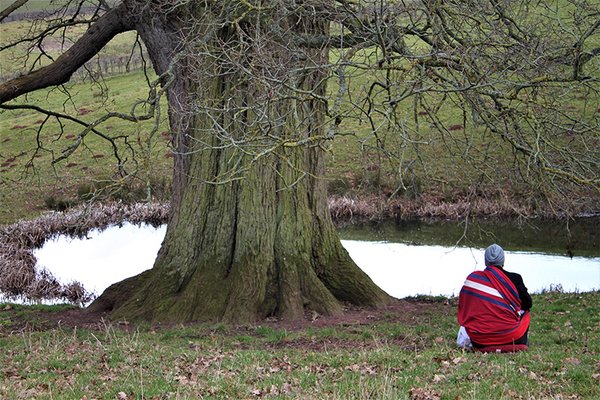The Aro gTér Lineage free internet meditation course is a series of weekly emails. The course takes a practical, down-to-earth approach. The first week’s email provides all the instructions you need to get started.
In the following weeks, you will learn refinements in the technique and additional meditation exercises. The course also explains ways of dealing with any problems that may come up, shows how to apply the insights of meditation to the rest of life, and recommends other resources and further steps.
If you already know that you want to learn how to meditate, you can sign up for the course now. The first email will come immediately. We will not share your email address with anyone else. At the end of each email we include a few, unobtrusive links to other meditation-related projects. You can unsubscribe at any time if the course turns out not to be for you.
What the course covers
Some of the course’s topics are:
- Breath meditation – several methods
- Posture and physical supports: how to be comfortable, relaxed, alert, and still
- When and how much to meditate
- How not to meditate
- Formless meditation in emptiness
- Presence and awareness; thought and reality
- Walking meditation
- Meditating with strong emotions
- How to take the insights of meditation into everyday life
Some details come from the Tibetan Buddhist Dzogchen approach. However, the techniques are quite similar to those found in forms of Buddhism: vipassana, shamatha-vipashyana, mindfulness and insight meditation, and shikantaza (from the Zen tradition).
Obstacles and antidotes
It is important to acknowledge that meditation can be boring, frustrating, uncomfortable, and confusing. This is particularly true in the beginning. These are perhaps the reasons not everyone meditates, despite the extraordinary benefits meditation can provide.
There is a tendency in some quarters to gloss over these difficulties. Some advocates seem to pretend that meditation is an easy and quick path to inner peace, if not eternal bliss. We do not think this is helpful. Meditation takes some determination. If you begin with the expectation that everything will go smoothly, you are likely to give up as soon as you see a difficulty.
Instead, much of this course is devoted to frank discussion of the obstacles all meditators encounter. None of these obstacles needs to stop you. The course provides ‘antidotes’ to each of the problems, including:
- boredom
- restlessness
- sleepiness
- physical discomfort (aches and pains)
- self-judgement and self-doubt
- fear
- confusion
- procrastination



